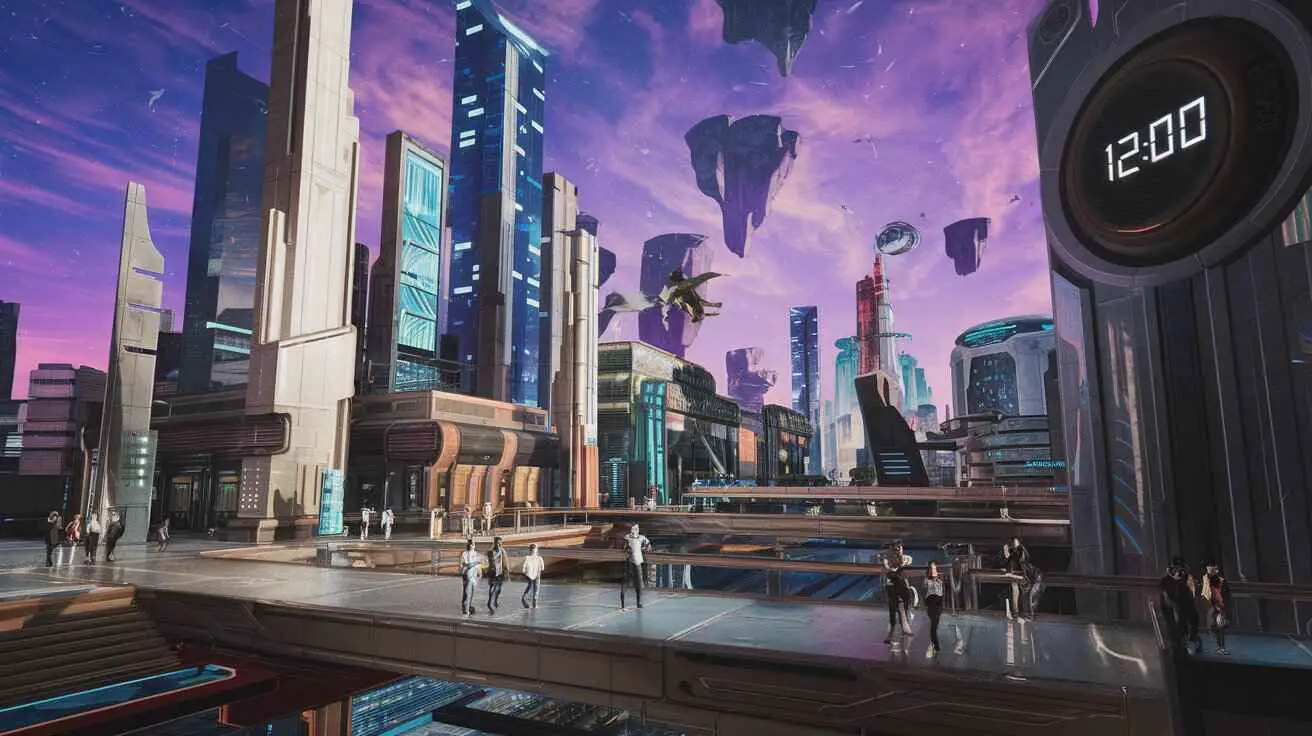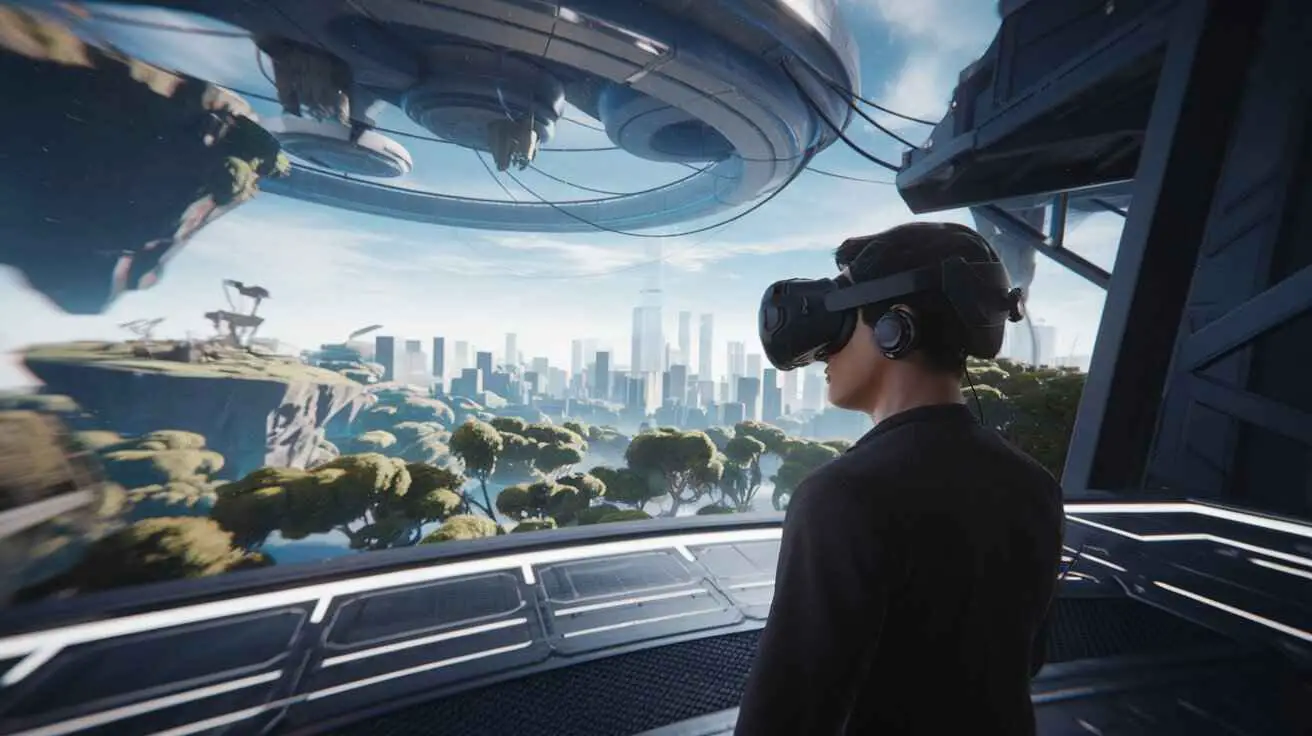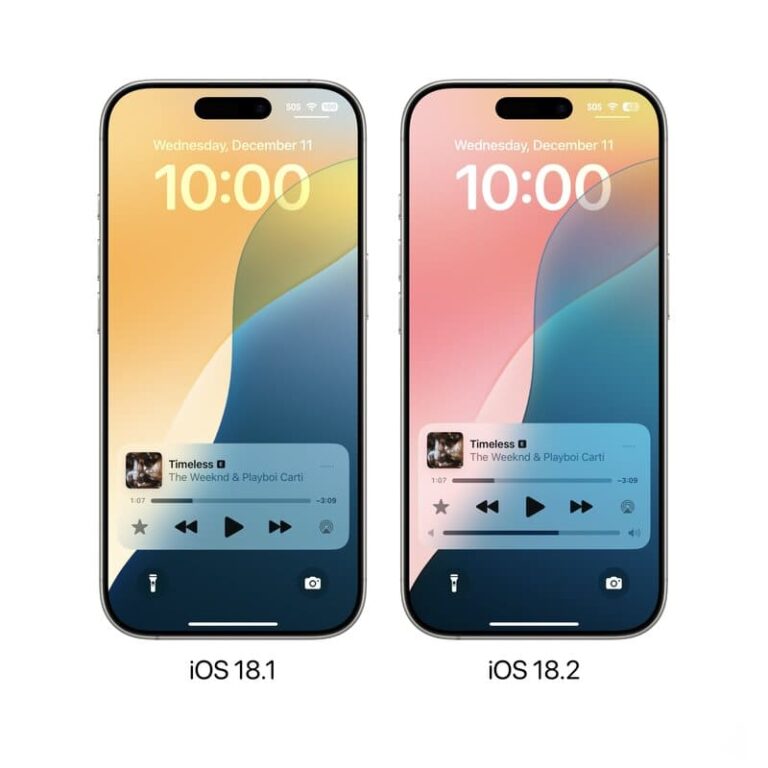What is the Metaverse and Why It Matters?
The Metaverse can simply be defined as a commonly shared virtual space. It is brought into being by the merger of virtual enhanced physical reality and physical persistent virtual reality. It’s, therefore, a 3D virtual space in which users can participate, interact with each other, and manipulate digital objects in a highly realistic and immersive manner.

Key Features of the Metaverse:
- Virtual Worlds: These allow going and linking through extremely realistic and engaging 3D space, which could be a fantasy setting or a realistic representation of real-world locations.
- Digital Avatars: People could create and customize their digital self to move around in these virtual worlds.
- Social Interaction: The metaverse, in general, is a social space. It will allow users to meet and collaborate, perhaps play games, attend events, or just hang out with others in real time.
- Commerce and Economy: The Metaverse contains digital economics through which users can buy, sell, or trade virtual goods, services, and properties. Here, mostly used are cryptocurrencies and NFTs.
- Interoperability: In a metaverse that works practically, a user will be able to move from one virtual space to another platform easily without losing his identity and digital assets.

What is the Metaverse and Why It Matters?
Origin and Vision:
It is Neal Stephenson who first coined the word “metaverse” back in 1992 through his science fiction novel Snow Crash, representing the futurescape as a fully immersed virtual reality environment. Today, it has created so much interest since companies like Facebook (now Meta) and Microsoft, among others—have started developing their versions of Metaverse. The next iteration of the internet as a fully immersed, 3D internet.
Applications:
- Games like Roblox, Fortnite, and Minecraft already give users early forms of the metaverse. Everyone can both build and explore vast virtual worlds.
- Virtual office space. Companies will dip their toes into the new waters by hosting virtual meetings in 3D office environments as the new method to ease working from home.
- Social networks. Social interaction in the metaverse will be much more than social media as we know it today. An immersive, real-time kind of communication and engagement.
- Entertainment and events. Live concerts, premieres of movies, or even other events are entertained in virtual space. For example, a Travis Scott concert in Fortnite or a virtual performance in Decentraland.

Challenges:
- Metaverse is based on advanced hardware like VR headsets. It doesn’t have a big enough audience yet.
- Data Privacy: The volume of data collected in the metaverse. From biometrics to behavioral data. It is massive, thus raising big concerns about data privacy.
- People won’t be able to interact smoothly with each other if different companies come up with their own version of the metaverse.
- Regulation: The economic dynamics of the metaverse. Social dynamics might call for a new kind of legal framework to deal with issues of intellectual property and digital ownership, even virtual crimes.
Even at such an early stage, the Metaverse has the potential to be very transformative of how we are able to engage with the digital space. Many would look at it as the future. Gaming, commerce, education, and social networking will change. But, there are technical and ethical challenges to take into account.






